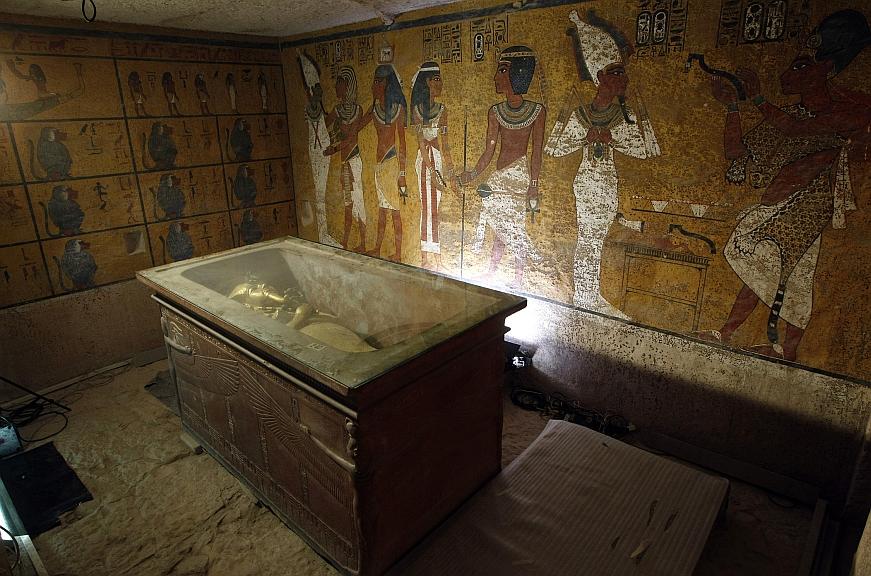The wife of Egyptian Pharaoh Tutankhamun, known as King Tut, has always been a mystery.
But a tomb that may have belonged to her was recently discovered in Egypt’s Valley of the Kings, archaeologists said.
Archaeologist Zahi Hawass told LiveScience that the tomb was discovered in the tomb of Pharaoh Ay, and now, Hawass’s team plans to excavate the area. “We are sure there is a tomb there, but we do not know for sure to whom it belongs,” Hawass told LiveScience.

Hawass said it might have belonged to Ankhesenamun, who married Ay after King Tut’s death. She was also Tutankhamun’s half sister.
Explaining the finding to LiveScience, he said that there are deposit sites, or “caches or holes in the ground that were filled with votive objects such as pottery vessels, food remains, and other tools as a sign that a tomb construction is being initiated.”



Tutankhamun’s story has fascinated many historians—partially because his tomb contains hidden chambers. Meanwhile, he was only a teenager when he died, and his tomb was discovered in 1922 by British archaeologist Howard Carter.
Also discovered was the boy king’s meteoric iron dagger blade, which is believed to be of meteorite origin.
It’s the third time researchers have gone inside the 3,300-year-old tomb in the past two years.





